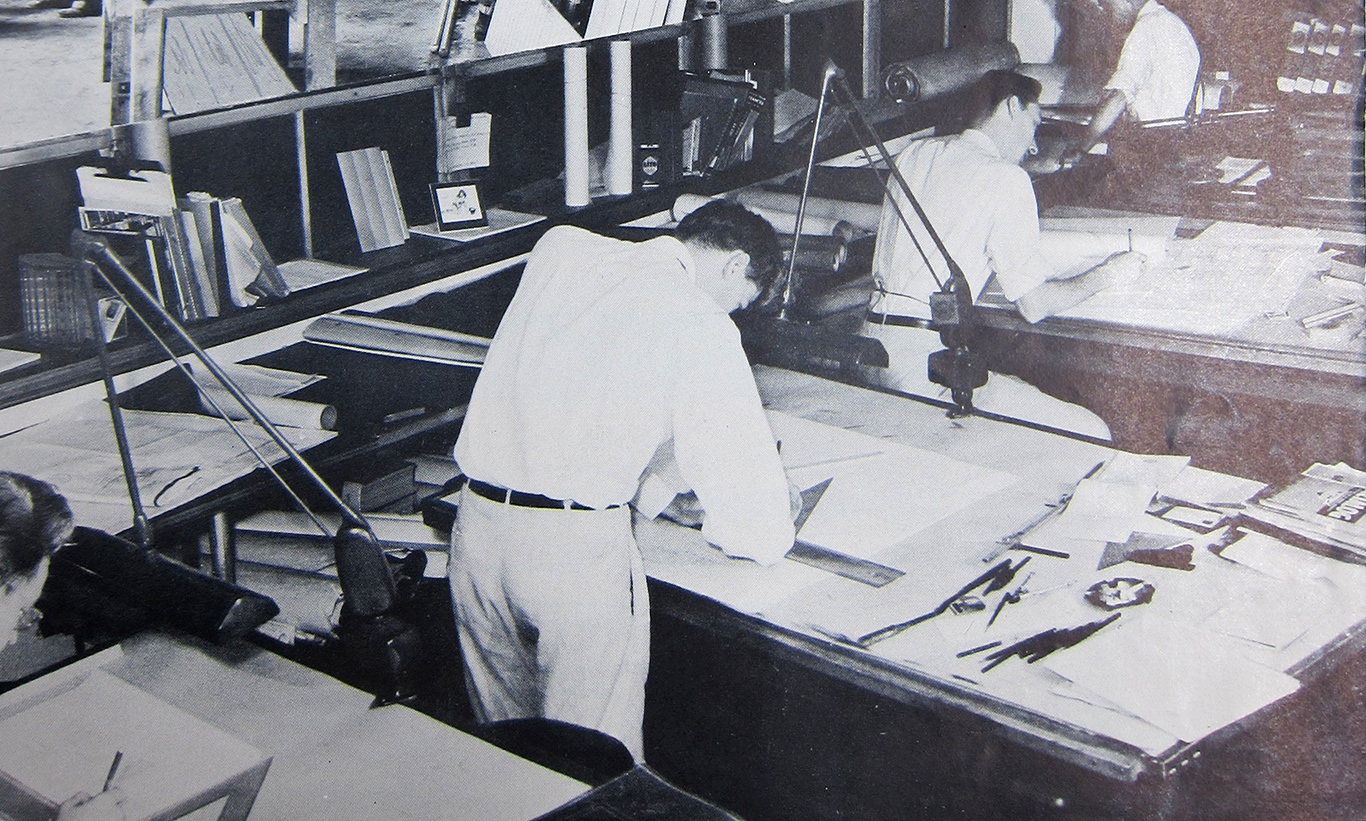
Maplewood has been a good location for many businesses. Many have come and gone and left no trace. Al-Bro Manufacturing Company might have been one of those except they left a building and a brochure.
Due to my less than meticulous record keeping I no longer remember where the brochure came from. It might have been in the large stack of stuff I was given when the American Legion Hall closed their doors. Or maybe I found it at the library?
It doesn’t matter. I copied it from somewhere and here it is.
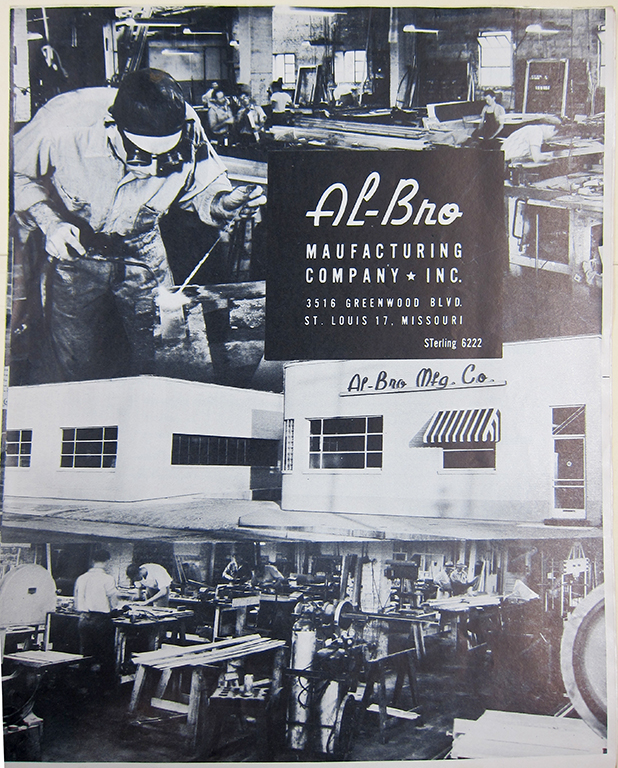
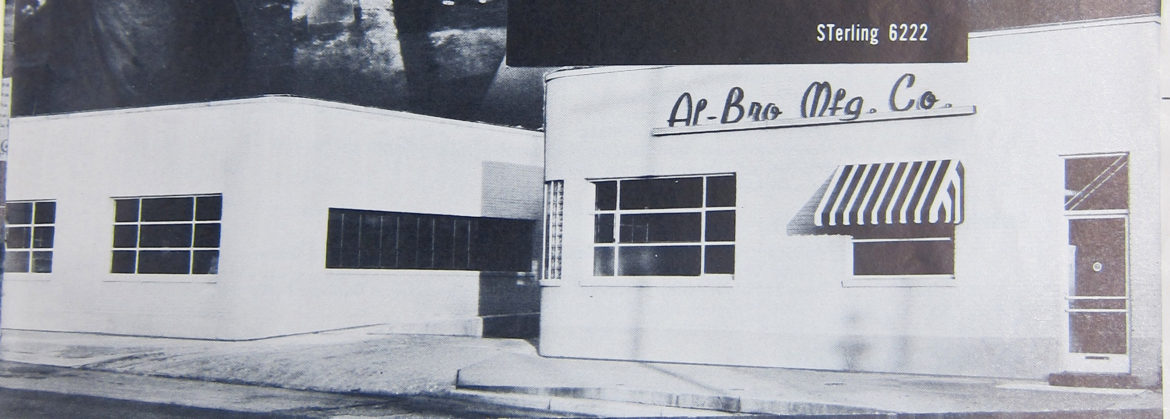


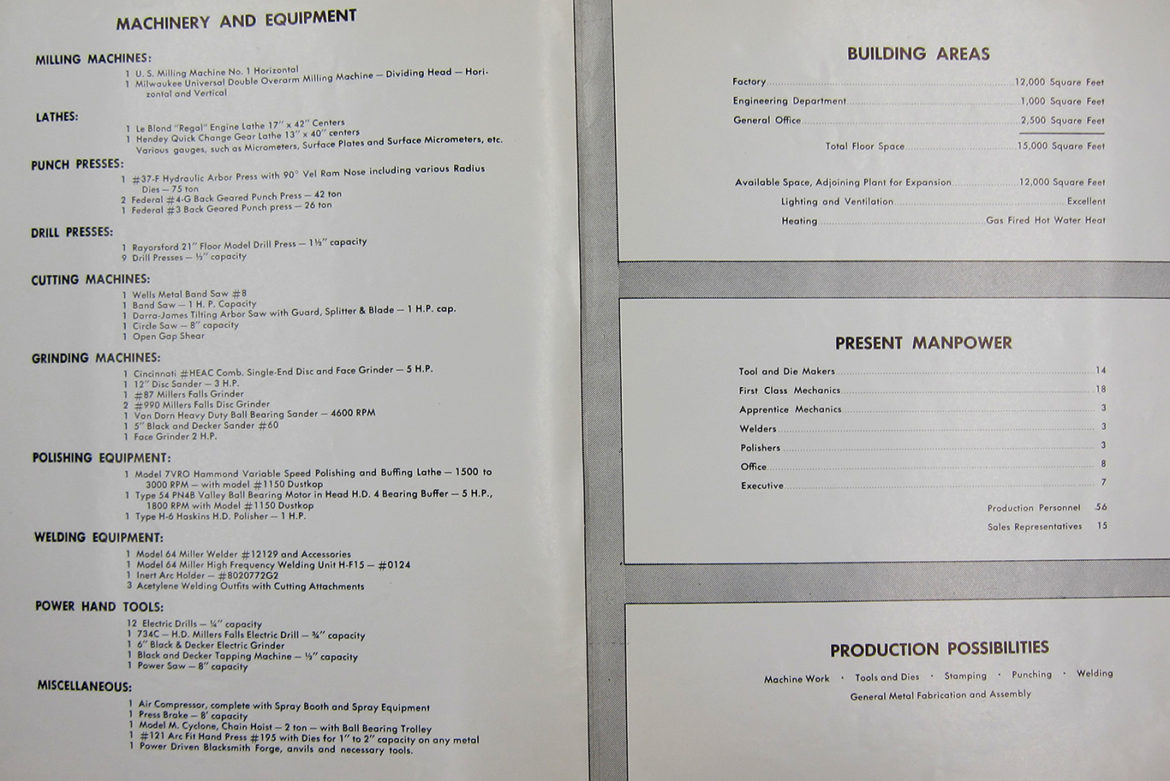
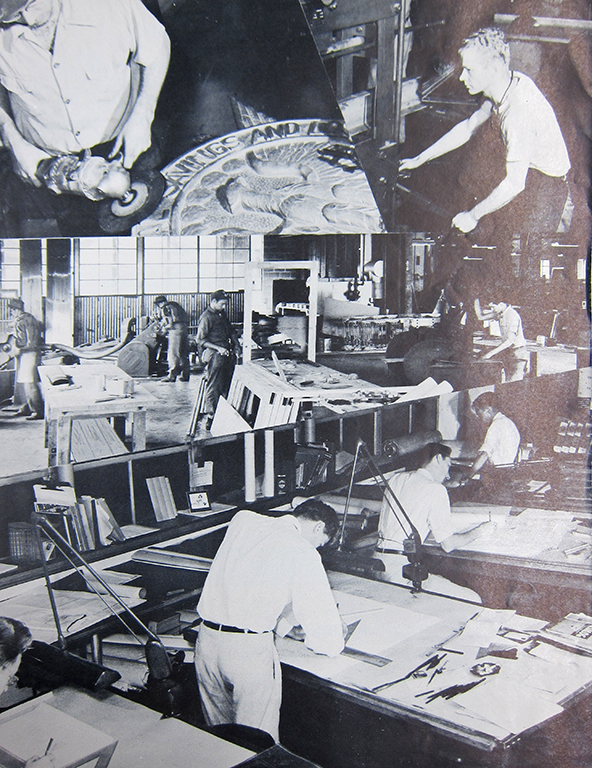
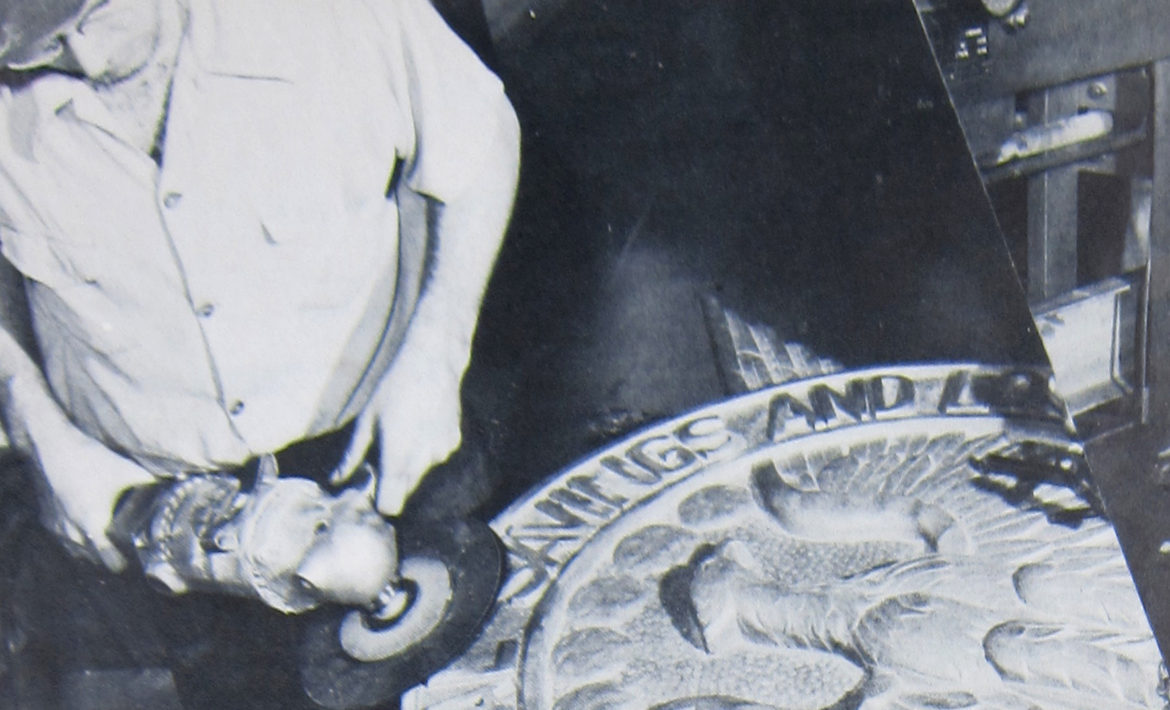

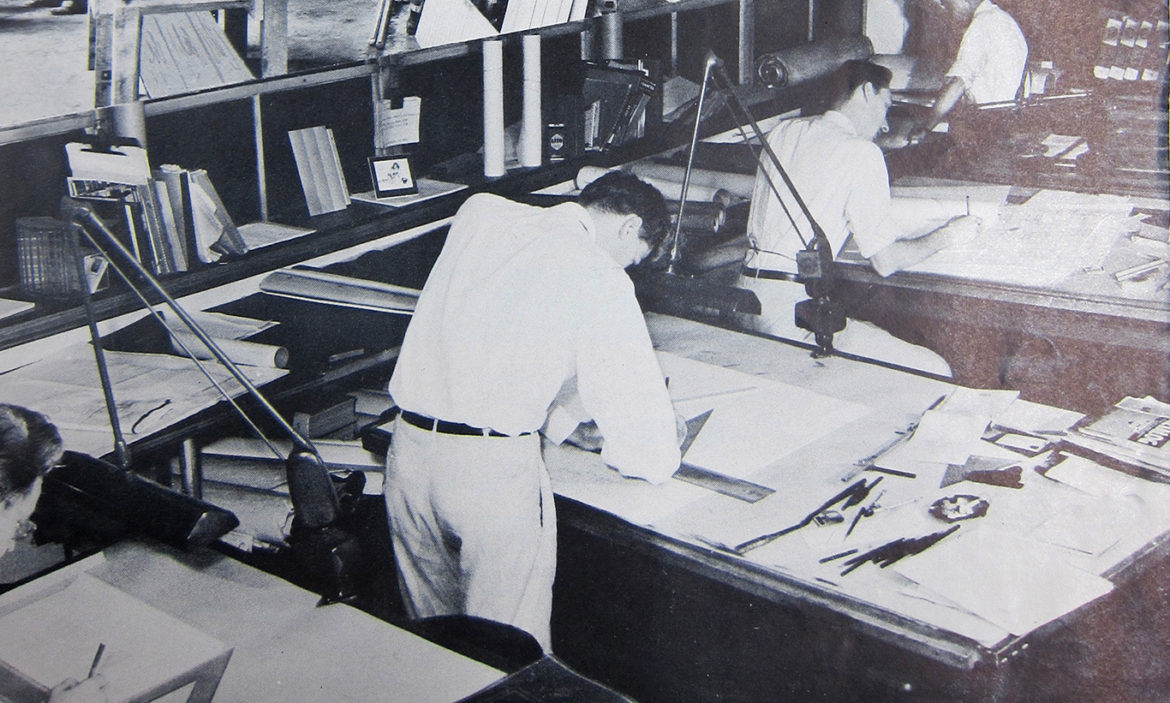


The “engineer” with the string is probably wearing a “bib” to protect his shirt and tie from pencil lead and/or ink. No CAD in those days.
Also, the drawing tables probably had a metal “straight edge” across the bottom of the work surface. Those could get fairly messy with erasure debris and then grab the loose end of a tie. The draftsman working seated had his clothes more at risk.
My father spent several decades at a drafting table and often had “racing stripes” across his mid-section. He also frequently wore his tie tucked into his shirt to keep from dragging pencils, etc off the table.
Doug, in the brochure photo, the engineer who is seated appears to have a cord tied around his waist. I wonder just what it was securing—an apron? I thought at first maybe it was just meant to keep any loose clothing from interfering with his tasks, the way a bank teller might have sleeve garters. Since you worked for the Dazor outfit, did you ever see something like that there?
This comment from reader Mike explains it. “The “engineer” with the string is probably wearing a “bib” to protect his shirt and tie from pencil lead and/or ink. No CAD in those days.
Also, the drawing tables probably had a metal “straight edge” across the bottom of the work surface. Those could get fairly messy with erasure debris and then grab the loose end of a tie. The draftsman working seated had his clothes more at risk.
My father spent several decades at a drafting table and often had “racing stripes” across his mid-section. He also frequently wore his tie tucked into his shirt to keep from dragging pencils, etc off the table.”
hate to say it but the original building looked much better than what it looks like now. I say take off the overlay and bring back the original!!
Agree!
I’m not sure what “overlay” you are referring to. The faux tudor covering is long gone. The building has been returned to its almost original state.
Doug I am referring to the 1 x 4 strapping that is set in place around the building. Makes it look like some sort of tudor style to me. I thought it was wood and stucco that had been added to the face of the building.
Does the building have this on it in the photograph with the steam train? I’ll have to take a close look. I thought it had been stripped down to the original bricks. At least it is on the rounded corners.
Man, that’s cool. I like places like that and it’s a shame they are not still there doing that same work.
I couldn’t agree more, Gary. They advertised for a metal polisher for ornamental aluminum and bronze work. I guess that is what the Al-Bro is an abbreviation of …aluminum and bronze. If they did much ornamental work there is no telling what cool things they must have worked on.
You know it was a very long time ago when the pictures of Al-Bro Manufacturing were taken. Their phone number was only 6 digits. STerling 6222.
This is true, Tom. Thanks for your observation.